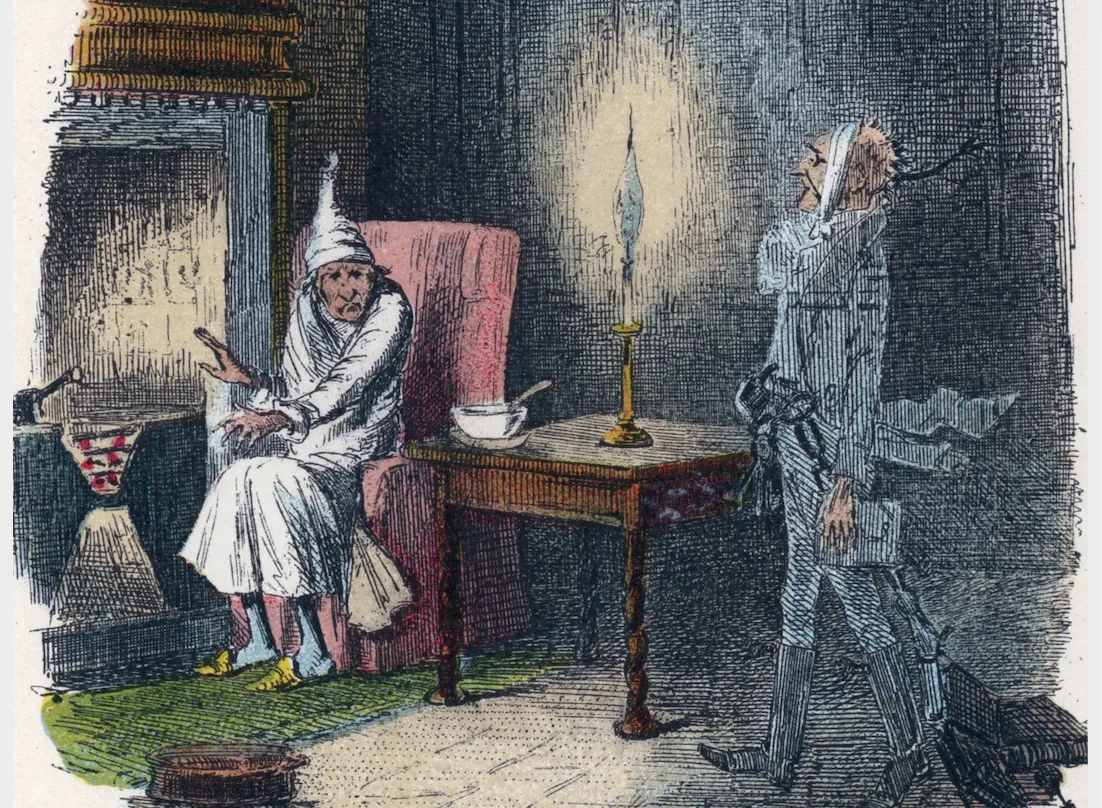Table of Contents
There’s a notable curiosity about so-called “channelers” and “past life regressors”: the spirits they “contact” are always decidedly posh. Atlantean and Egyptian priestesses are quite popular. If they can’t be posh, they must at least be exciting: Salem witches, for example.
No New Ager worth their salt ever channels the spirit of, say Doris Gugdeon, charwoman from Shropshire, or George Ploppy, toilet scrubber from Grimsby.
Ghosts, too, seem to belong to a rather exclusive society.
A prolific ghost-hunter of early 20th century Britain was one Harry Price, who, writes scholar Joanna Timms:
“artfully combined academic language and popular discourse” as he made his reputation as scientific researcher and swashbuckling ghost-hunter. The donor of a large collection of occult literature to University of London, Price “expertly conveyed himself as a psychical researcher and yet helped shift the discipline from academic preoccupation with telepathy and clairvoyance towards the more obviously popular fascination with ghosts and poltergeists”.
There is a very glaring trend in Price’s (and others’) investigations into ghost phenomena.
“Haunted houses” were invariably manor houses or large townhouses, never factory row-houses or slums where, statistically, a great many more untimely deaths took place.
Rather than ghosts being a bunch of dead snobs, what in fact was happening was very much grounded in living society.
“Historians of English hauntings have demonstrated that belief in ghosts often mirrors social values and reflects the cultural trends of the age,” notes Timms in contextualizing the English ghost scene between the World Wars.
The inter-war period was rife with supernaturalism. Indeed, supernaturalism was a persistent social strain throughout WWI: faced with the existential terror of indiscriminate death, or the dread of scouring lists of casualties or getting a telegram from the King, millions of people turned to lucky charms, spirits and supernatural protectors. From the hugely popular “touch wud” charms, to the Angels of Mons, there were spirits everywhere.
After the war, nations steeped in collective grief turned to psychics and mediums to try and regain contact with the dead. Spiritualism became a hugely popular demi-religion.
And, as Yeats’ great poem The Second Coming relates, there was a sense that The centre cannot hold; Mere anarchy is loosed upon the world, The blood-dimmed tide is loosed.
After the slaughter and destabilization of the Great War, there was a “perceived disintegration of national heritage as landed estates were being broken up and the heirlooms of their aristocratic owners dispersed among the new rich.” So, “haunted houses” were invariably manor houses or large townhouses, never factory row-houses or slums where, statistically, a great many more untimely deaths took place. (Both the UK [2019-] and US [2021-] versions of the comedy Ghosts take place in inherited country houses.)
The “interwar ghost-hunters were trying to reconnect with an endangered history and culture in the face of rapid modernization”, as bland, featureless suburbs uprooted eccentric aristocrats – both the living and, supposedly, the dead. Aristocratic ghosts were “eloquent relics of a more civilized age”. Ghosts of Henry VIII and his headless wives, friars and nuns hearkening back to the Dissolution of the Monasteries, and even toga-clad Romans tapped into specific fantasies of history. Conversely, there was a notable dearth of ghosts of peasants, coal miners, or child mill-workers.
Harry Price was perfectly suited to capitalise on the social trend: combining the dry, “scientific” approach of “psychical research”, with a flair for telling a good, old-fashioned ghost story.
He called a ghost a ghost, not an “apparition” or “phantasm” like the more typical boffins. He spent the night in haunted houses, even haunted beds (from which he was not thrown). He even spread starch powder on the floor of a seance room […]
The appeal to “science” and scientific methods, as well as psychoanalytic theories, were strokes of rhetorical genius, if nothing else. “Sensational accounts of a journey in a haunted train carriage on the Orient Express and of being stalked across Germany by a repulsive phantom were moderated by references to down-to-earth empirical inquiry.”
Empirical inquiry that, it may be pointless to stress, failed to account for, much less prove the existence of, ghosts.
Jstor Daily
“Researchers” like Price may not have proved the existence of ghosts, but they did, inadvertently, document a very real and important era of dramatic social change.









